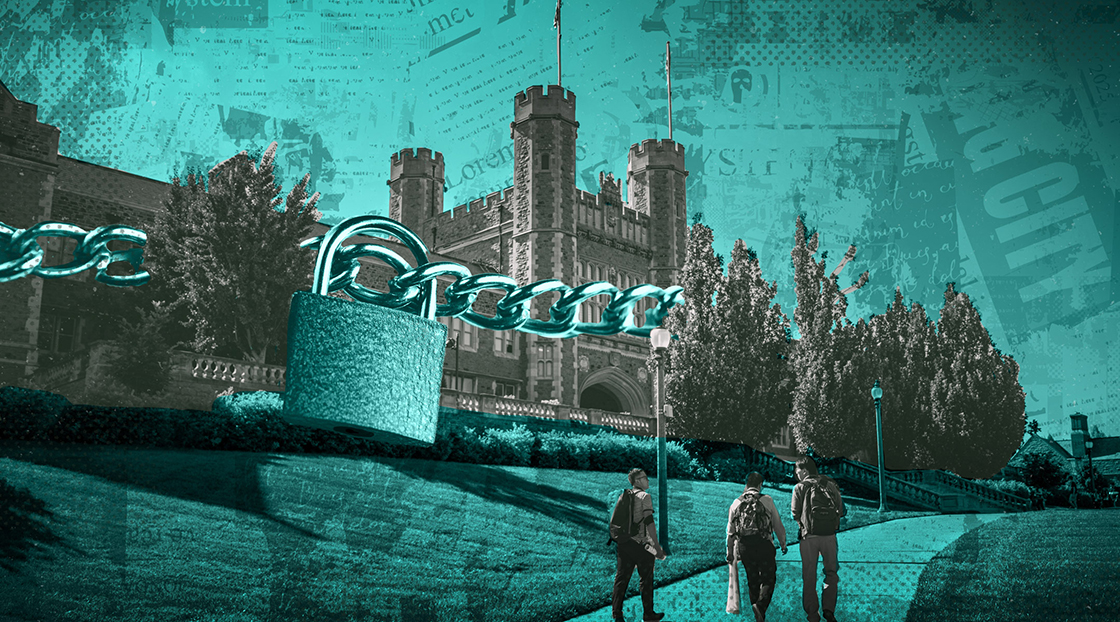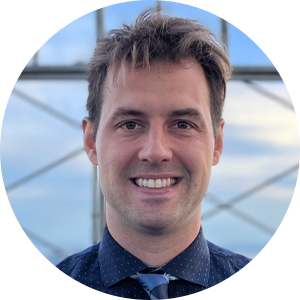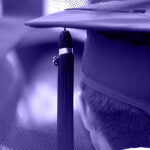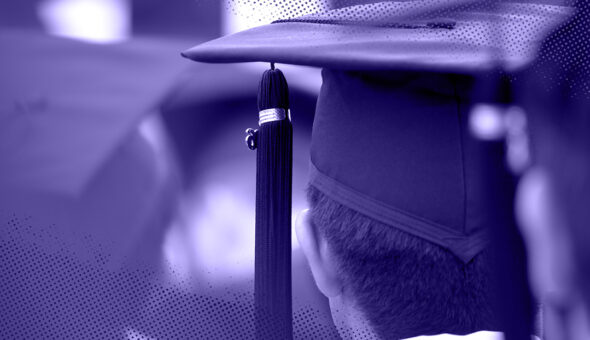Abbey Cutrer was a freshman reporter at the University of Kentucky when the student newspaper broke a story about the school letting a former associate professor quietly resign in the wake of sexual assault allegations from multiple students.
The independently funded, student-run Kentucky Kernel labored for years to obtain the school’s official disciplinary report of tenured entomology Professor James Harwood. During the six years following Harwood’s resignation, the university sued the paper in an attempt to block access to the files.
The legal battle went all the way to the state’s supreme court. A unanimous decision followed, and 484 pages of official documents on Harwood landed in the Kernel’s mailbox on May 28, 2021.








